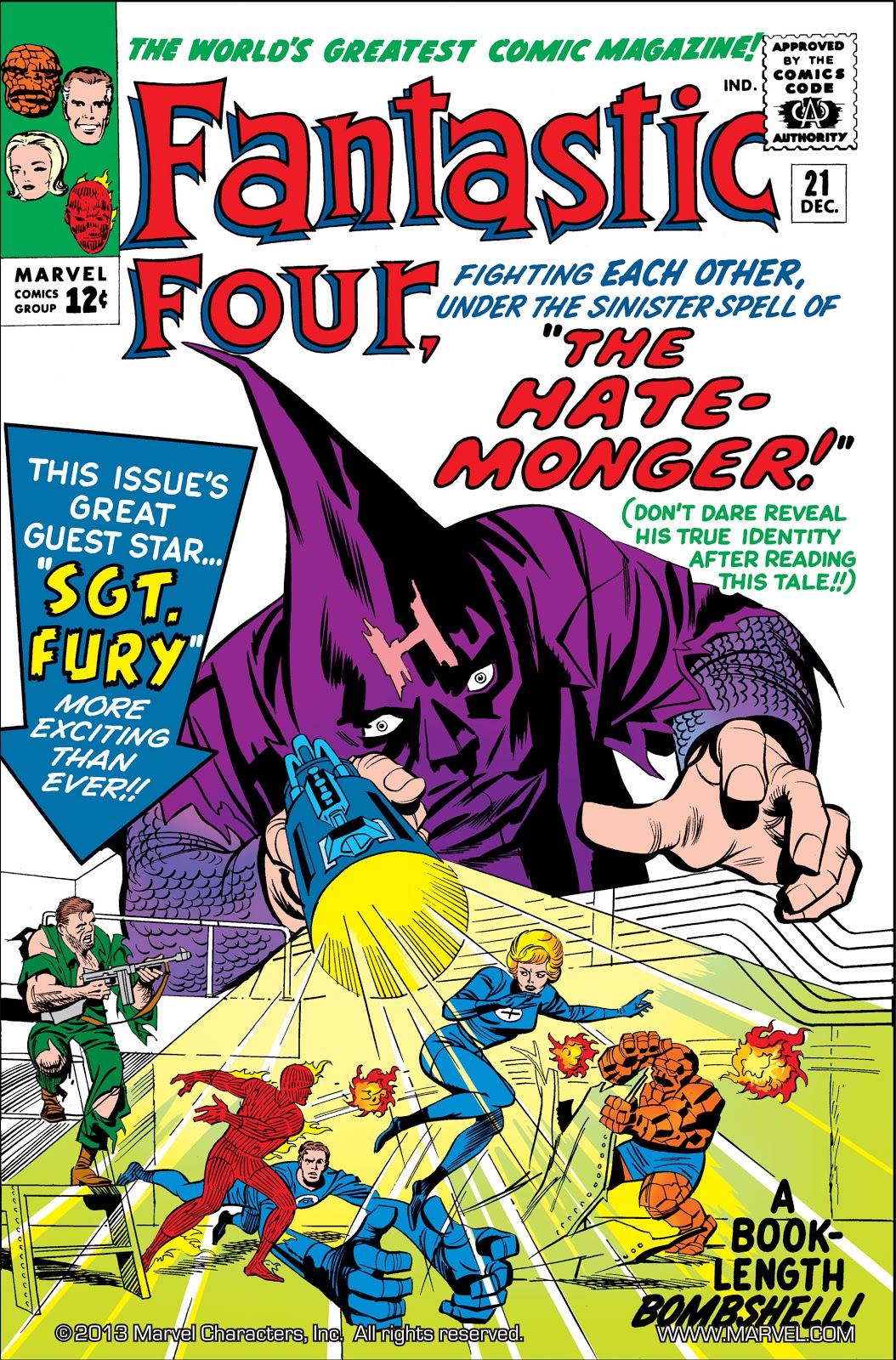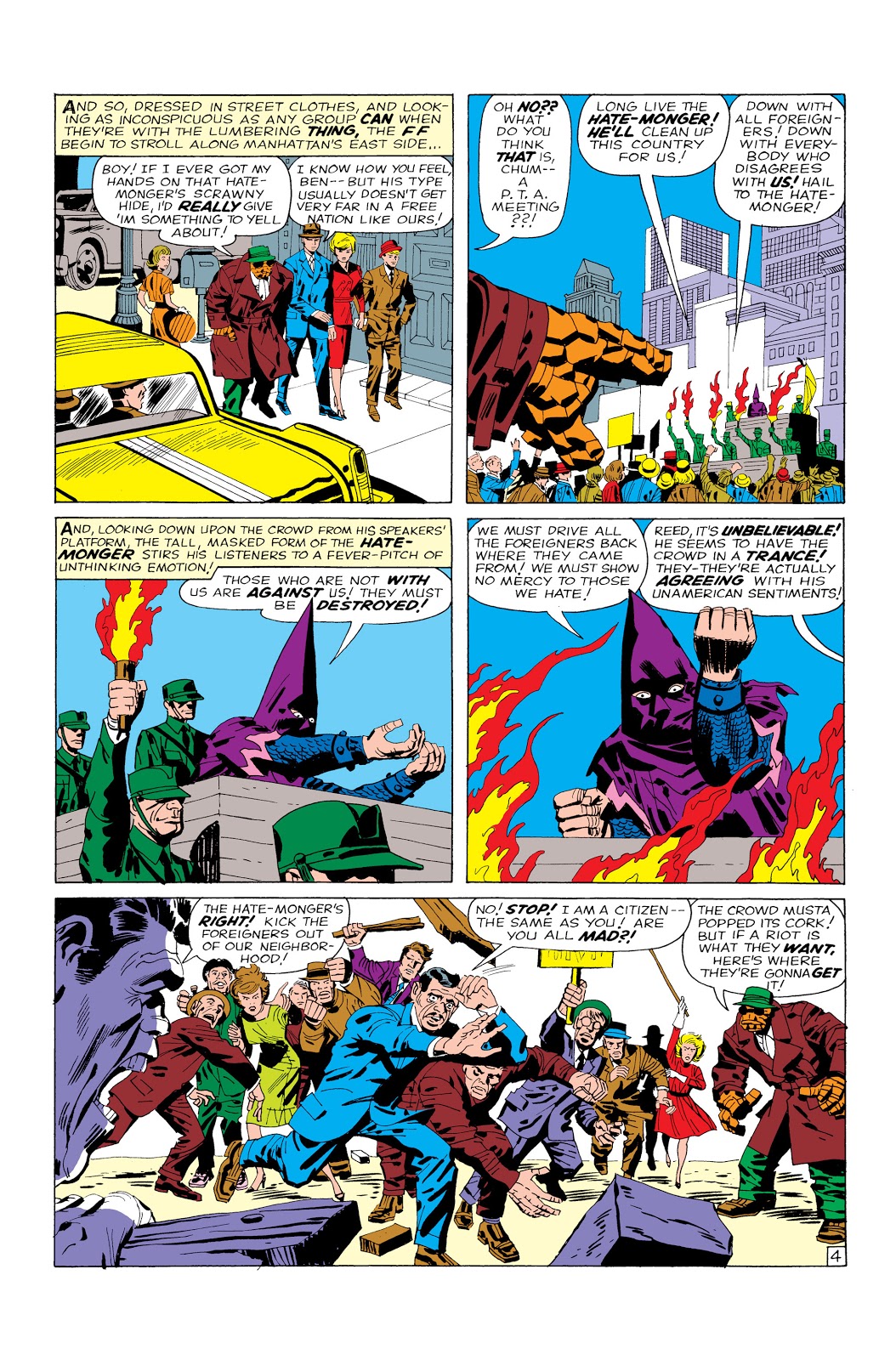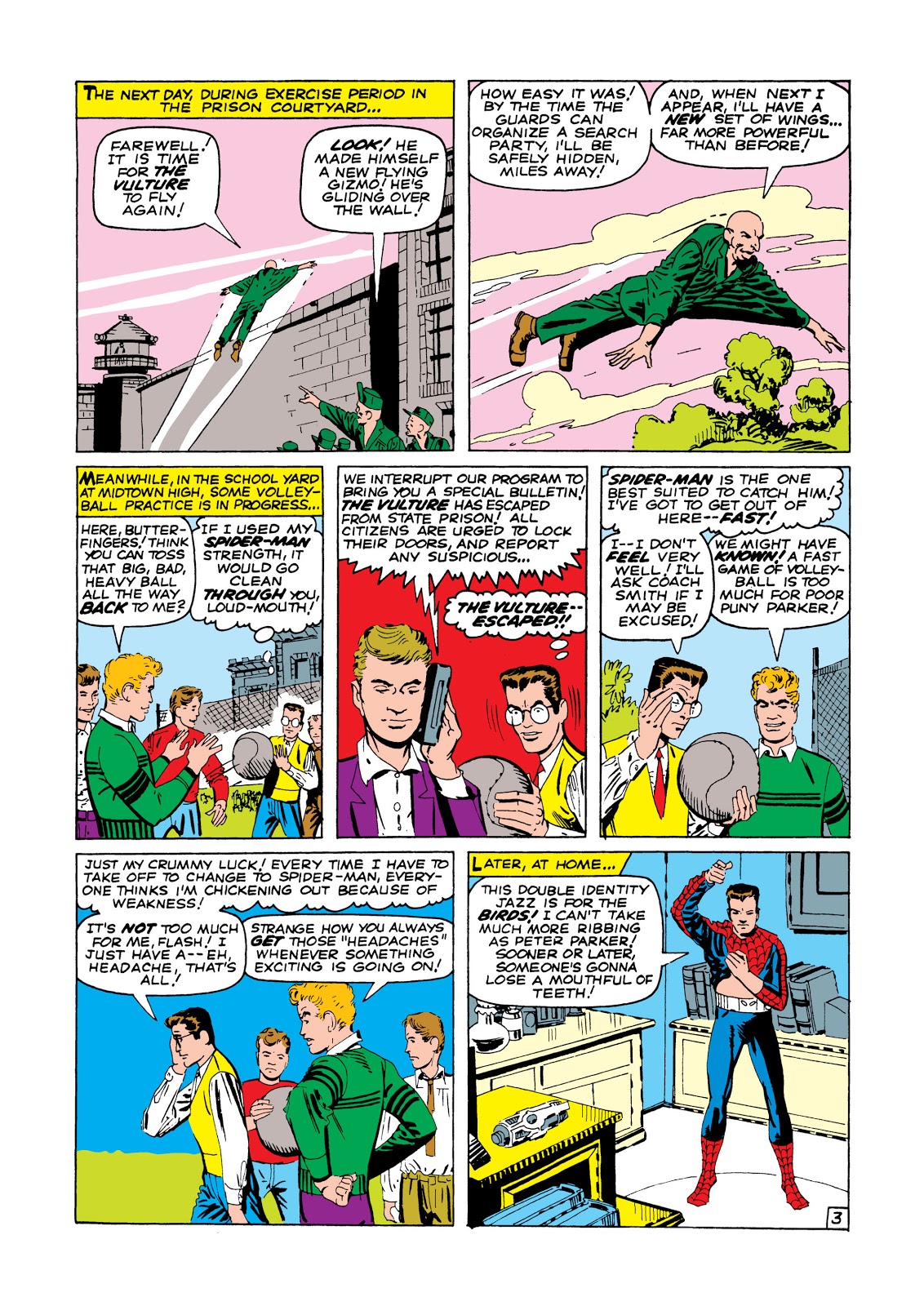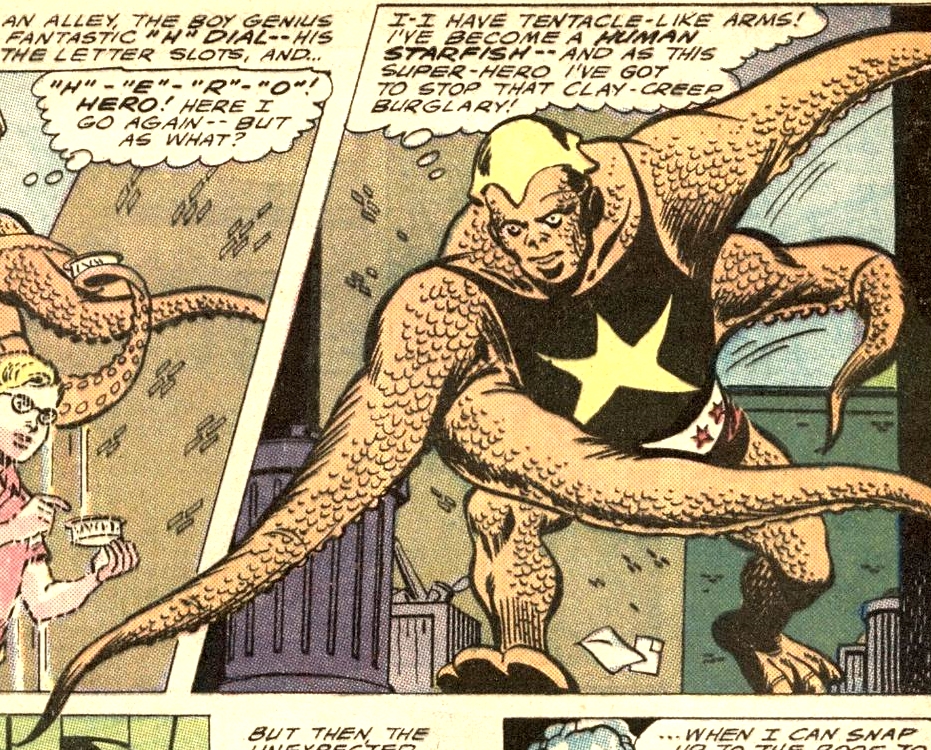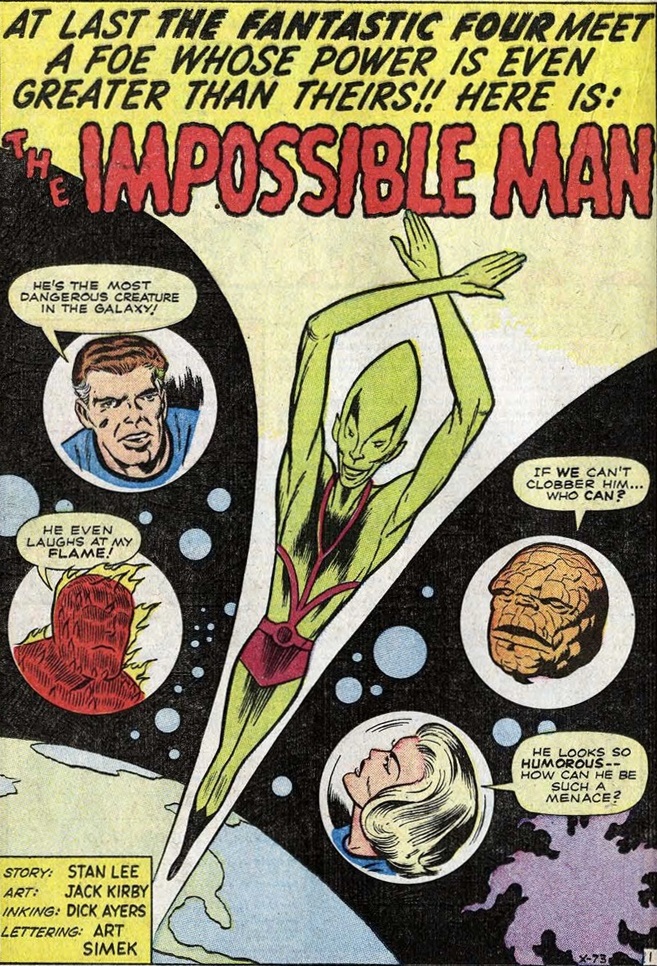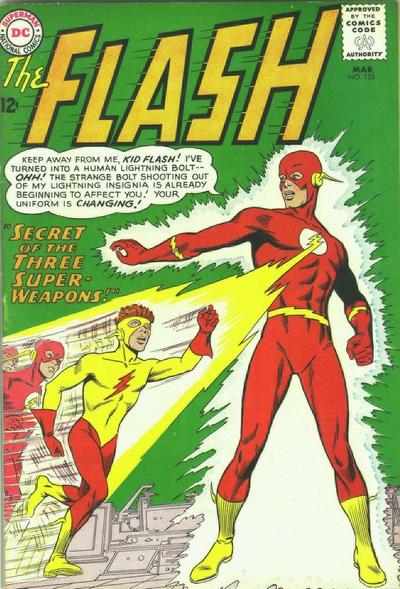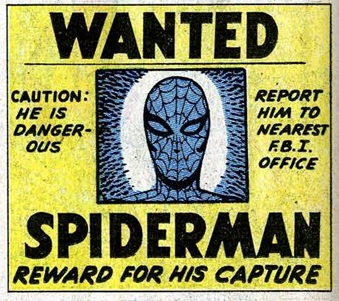This month's Galactoscope features a triplet of tales, all of which have something to recommend them…
The Fury Out of Time , by Lloyd Biggle Jr.

By Jason Sacks
The Fury Out of Time is an fun page turner, with some clever ideas and some wacky plot machinations. It's a delight to read author Lloyd Biggle, Jr. playfully juggle interesting ideas around time paradoxes, odd alien creatures and the Mesozoic era while keeping his story roaring and skidding through the clouds like a runaway UFO.
The book focuses on Bowden Karvel, a retired Air Force Major, discharged from the astronaut corps because of his artificial leg and organically confrontational attitude. Karvel lives just outside the gates of his former Air Force Base, quietly drinking and marking time. One day Karvel wanders down to Whistler’s Country Tavern to bend his elbow. As Karvel is sitting on the tavern patio looking over the nearby valley, something very strange happens. Trees start being knocked down in a widening spiral and Karvel is mildly injured in what feels like a natural disaster but actually is far from that simple idea.
Taking on efforts to lead the recovery effort after this apparent hurricane hits, Karvel begins barking out orders, and finds himself becoming inexorably dragged into a mystery which will take him to the moon and across tens of thousands of years of history. He will literally become a new version of himself, emotionally, physically and spiritually, will encounter creatures he scarcely could have imagined existing, and will uncover the mystery which knocked him off his feet in the first place. By being knocked off his feet, Bowden Karvel eventually finds himself able to truly stand on his own two feet once again.

The cause of the disaster is a flying saucer, which Biggle cleverly calls a UO (as opposed to a UFO), which readers slowly learn was created by time travelers from the future – though those travelers may actually be from the past. It’s complicated, and we get to learn how complicated as we dig further into this wacky book.
Part of the fun of this novel comes from Biggle’s clever depictions of different societies in this book. It seems obvious that the author served in the military based on his humorous depictions of the crazily dysfunctional Air Force leadership. Biggle's strong imagination is also on display in the future world in which the bodies of mankind's descendants have evolved in clever ways. In that future world, people are taller and balder than people today, have flatter feet and they even an odd fetish about beards, of all things. I enjoyed Karvel’s inner monologues about that world, and how he wonders about standards of beauty and enslavement.
Similarly, when Karvel travels to a past era when dinosaurs walk the earth, he encounters a race of Hras, very strange creatures with six arms, no faces and stomachs in their bellies. These creatures become Karvel’s allies, but their relationship is complicated. That relationship is surprisingly three-dimensional compared with the classic imperialist-styled science fiction of the past. The way Biggle depicts the relationship between Karvel and the Hras, it’s not clear who the wiser hero is – the one who charges into the middle of a group of dinosaurs or the one who’s too scared to journey far into a world full of predators.
Since we see everything through Karvel’s eyes, I suppose it’s a little wrongheaded to complain the book feels a bit shallow at times. There’s a decided focus on action, and it’s fun to see a middle-aged, slightly disabled guy at the center of trying to figure out the strange worlds in which he finds himself. The thing is, Karvel is smart and clever. He’s not a headstrong James Bond type, always ready for action. He’s an older, slightly broken man who constantly finds his basic value system challenged by the strange circumstances in which he finds himself. It's in the way Karvel reacts that we readers see ourselves and which ultimately pushes this novel ahead.
I didn’t expect to enjoy this book as much as I did. I wasn’t familiar with Biggle's work and was concerned that a book with a UFO at its center would be full of clichés. Instead this book was a light, breezy, and fun ride, a delightful little book which moves along like the Road Runner.
Three stars.
A Man of Double Deed, by Leonard Daventry

by Gideon Marcus
A fringe benefit of having so many fellow writers on the Journey is the ability to read more of the science fiction that's coming out every month. Contrary to forlorn declarations of the doom-sayers, the genre is far from dead. Moreover, new authors are coming into SF all the time.
To wit, Leonard Daventry has just released his first book, A Man of Double Deed, and it's surprisingly mature for a first effort.

Here is the plot, in brief:
Claus Coman is a "keyman," part of a network of powerful telepaths living on Earth in the year 2090. In this far-future time, humanity has already had and recovered from an atomic conflagration that left the planet in ruins. We have spread among the stars, meeting several alien races, though they do not figure in this story. What does figure is a burgeoning plague of violence spreading among the young and disaffected populace. Whether it is a genuine biological malaise or simply a reaction to a society that has become too staid to endure is not known. Coman supports a proposal to emigrate these malcontents to a new world, one where they can create a society to their liking.
But there are forces that strongly oppose this proposal, and keymen in general. Forces with murderous intent. Coman must navigate attempts on his life as well as bigger political currents to see the proposal through.
What makes Deed so distinctive is its unique vision of the future. It's definitely a "New Wave" book with unorthodox depictions of romance and sexuality. In the future, "free love" is the norm, and committed relationships viewed as quaint aberrations. Coman's polyamory, involving two women, is particularly deviant. On the other hand, same-sex pairings are not so much as blinked at.
Daventry does an excellent job of incorporating the third-person omniscient viewpoint, subtly sliding into many characters' minds. This is a trick that doesn't usually work, particularly in Frank Herbert's Dune, where it simply comes off as amateurish. But it's effective in Deed, suggestive of the telepathic contact Comay has with everyone he interacts with. I also appreciate how Daventry describes in a sentence or two scenes of violence and/or sexual relations, conveying a subject vividly but not luridly, effectively invoking the reader's imagination.
Deed is by no means a perfect book. It starts well but loses steam in the final third. Worse, it doesn't really have an ending; the plot is left open only halfway through its course. On a more personal note, as progressive as some aspects of the depicted future may be, it still seems a highly male-dominated world. Women are definitely in a second class, both in their agency, and screen-time. Part of that seems intentional, underscoring the conservative nature of 2090's Earth, but part of it also seems to be the result of Daventry's own instincts.
On the other hand, if Deed be part of a series, like Delany's Toron trilogy, then I may have to revise my opinion. For the nonce, I give it three and a half stars.
And here's a special entry submitted by a fan of the Journey. The book dates back to 1959, but I understand it has been recently reprinted. Since the Journey did not cover it upon first release, we are remedying this omission…
Ossian's Ride, by Fred Hoyle
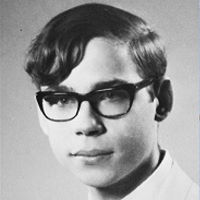
by Chuck Litka
I happened on Ossian's Ride in the drug store’s spinning book rack. I will occasionally find a science fiction book there, but Neldner’s Card Shop in the Point Loomis shopping center is my go to place for the latest sf books from Ace, Pyramid, Ballantine, and Berkley. The cover of Ossian's Ride showed a hand with an open pocket watch. Inside the watch is a rather artsy illustration of a fellow about to throw a flaming molotov cocktail at a cottage with two silhouettes in the window. And oh, yes, there appears to be a body at his feet. In fact, the only science fiction thing about the cover, is “Fred Hoyle the author of A For Andromeda.” Still, having read his The Black Cloud, I picked it up to see what this one was about.
The back blurb read:
“…breathtaking in its suspense… romantic adventure in the true grand manner”
– New York Herald Tribune
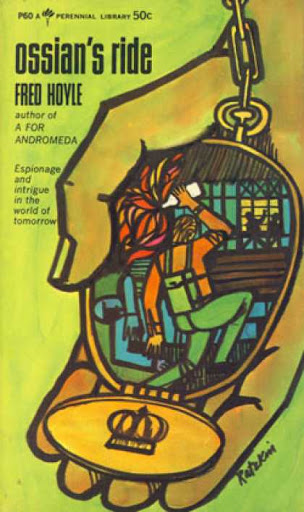
The time is 1970. Thomas Sherwood, a young Cambridge scientist, is recruited by British Intelligence to go to western Ireland to learn the origin, nature, and purpose of I.C.E., the mysterious and powerful Industrial Corporation of Eire. I.C.E., hidden behind its own Iron Curtain, is an elite industrial complex that in only ten years has solved many of the major scientific problems the rest of the world is still grappling with. The great nations fear I.C.E. as a menace to the delicate balance of world power and must discover whatever they can about it. Sherwood is immediately caught up in a world of desperate violence among spies and counterspies, the pursued and the pursuing. So, should I gamble 50¢ on Ossian's Ride? Now, 50¢ is not an insignificant amount of cash when living on a three figure allowance – counting both sides of the decimal place. 1970 is only five years from now, and there didn’t seem to be a lot of science fiction in the description either. Still, it’s Fred Hoyle. Oh, why not?
Ride is interestingly framed, beginning with the British prime minister, who has Thomas Sherwood’s report on his desk. It appears that Sherwood reached the heart of the mystery, but then defected to I.C.E. And yet, he has sent this report that purports to reveal the deepest secret of I.C.E. The P.M. wonders if he should believe it. Well, we can read Sherwood’s report for ourselves, and draw our own conclusions. The story then becomes the first person narrative of the amateur secret agent, Thomas Sherwood. With a forged visa, he sets out for Ireland posing as a student on a holiday with £15 (all that a real student on a holiday would carry), a rucksack and some books. Things don’t go well right from the start. But Sherwood is a resourceful fellow, with a streak of James Bond in his makeup, so we are treated to a nonstop series of mysteries, murders, captures, and escapes across a countryside overrun with ruthless agents of all sorts. Against all odds, and with an unwavering determination to get to the heart of the mystery, Sherwood works himself into I.C.E. And once inside, into its secret heart. Only to joint them, as we knew from page one. Having read his full report, do you believe him? Do you blame him?
I wasn’t disappointed with the book — well worth my two quarters. Perhaps what I liked most about the story is its air of being an authentic true life adventure. It feels like it was written by someone who has put on a rucksack and tramped the Irish countryside himself. And because of that, it remained believable despite the rush of life and death adventures that fill its 182 pages. Like the book’s cover, there is not, however, a lot of science fiction in Ossian's Ride. Five pages worth, maybe. And I have to say that the ending left me with questions, questions that could have been more satisfactorily answered with another page or two. Still, all in all, it was an exhilarating ride. And since I read science fiction more for adventure than as explorations of a future world shaped by some marvelous scientific invention, I would rate Ossian's Ride 4 stars.
That's all for today, folks! Join us next month for another exciting Galactoscope!

![[April 14, 1965] Furious Time Travel (April Galactoscope)](https://galacticjourney.org/wp-content/uploads/2020/04/650414coversnew-672x372.jpg)

![[March 14, 1965] The Old Order Changeth!](https://galacticjourney.org/wp-content/uploads/2020/03/650314cover-474x372.jpg)

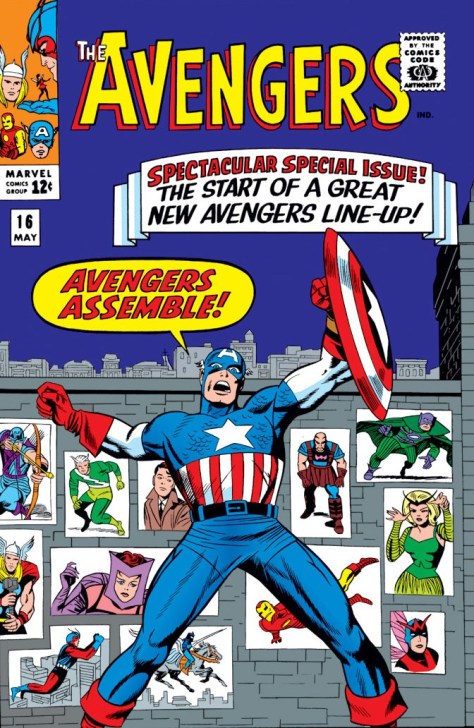


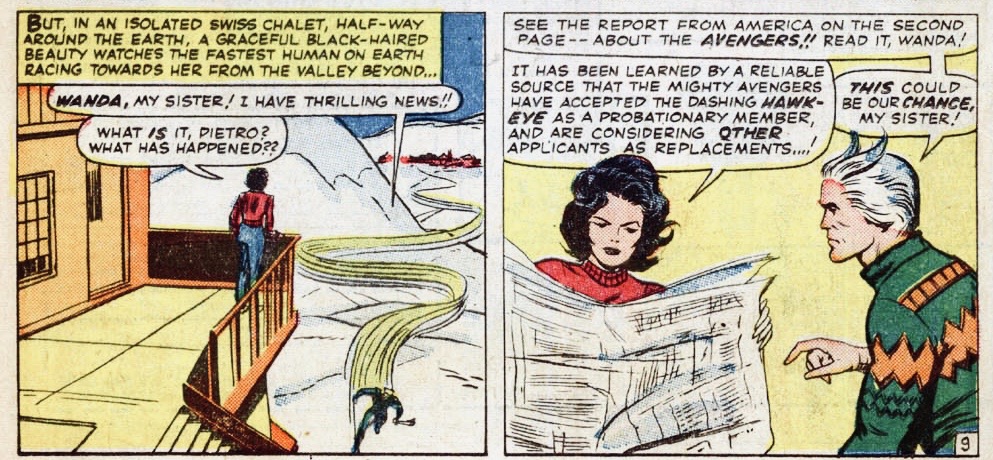
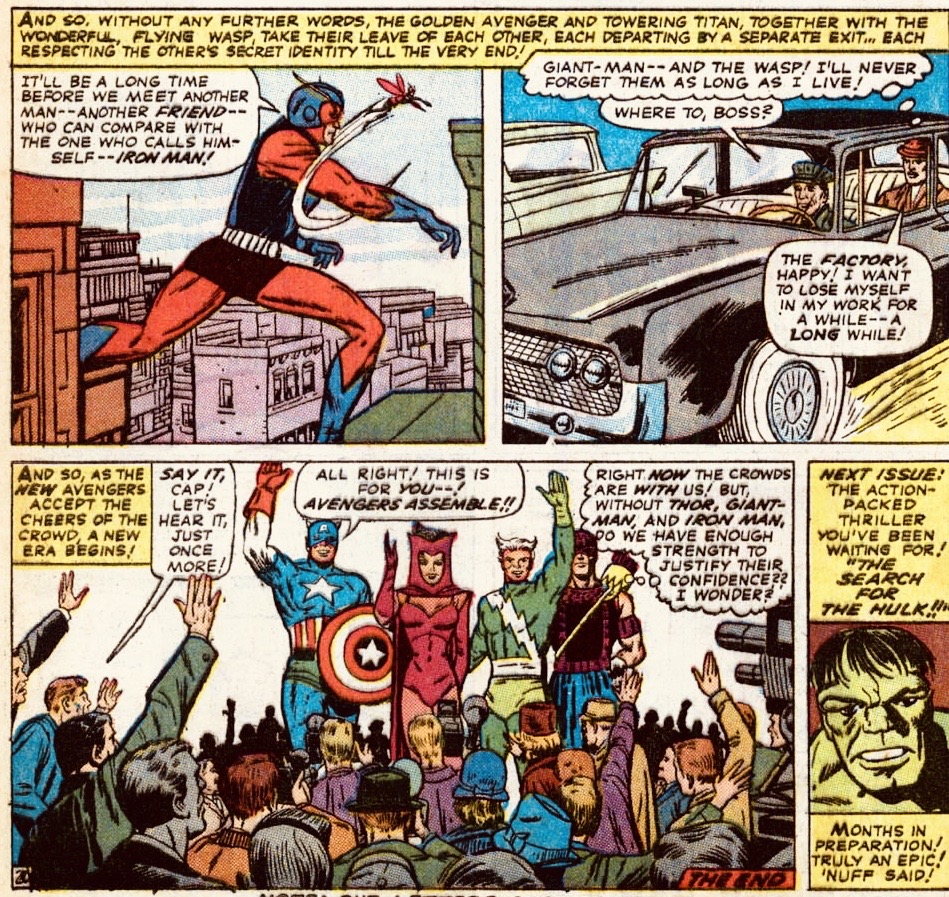

![[October 22, 1964] Introducing a "New Look" for Batman](https://galacticjourney.org/wp-content/uploads/2019/10/batman-cover-672x372.jpg)

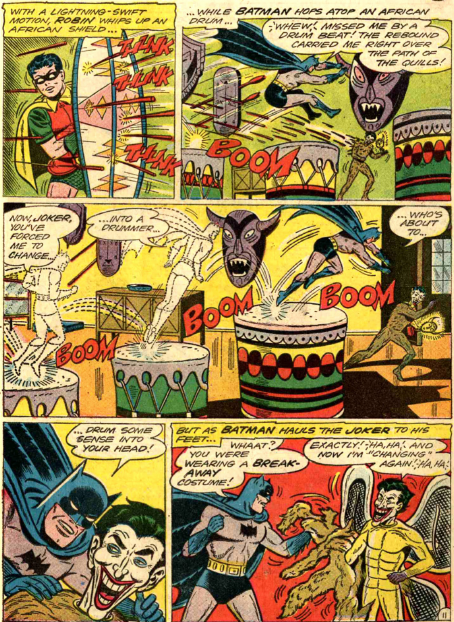
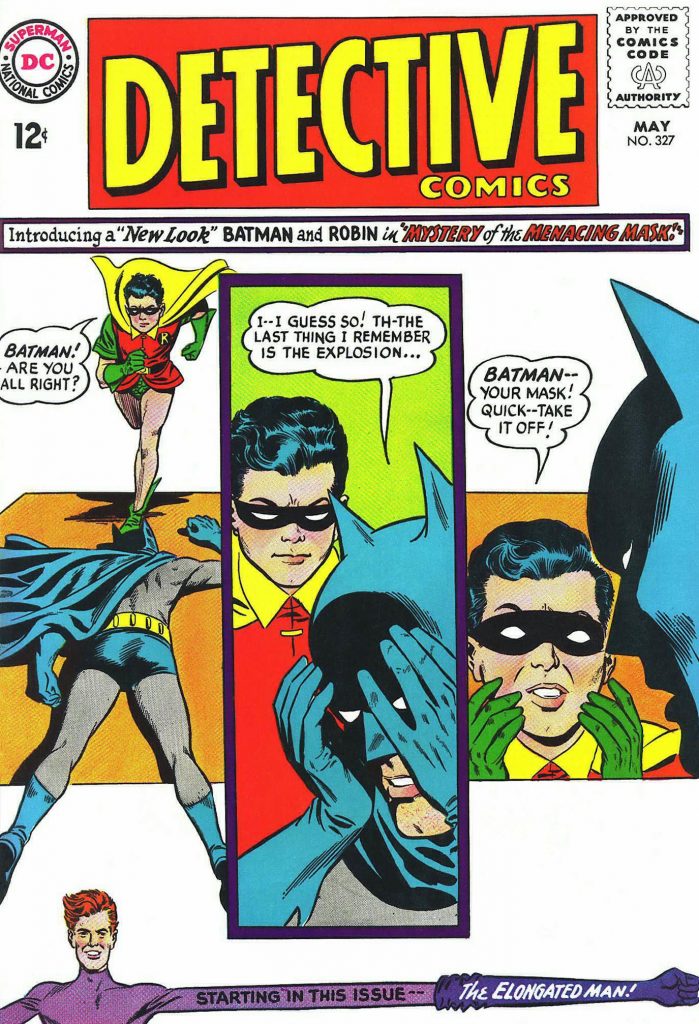

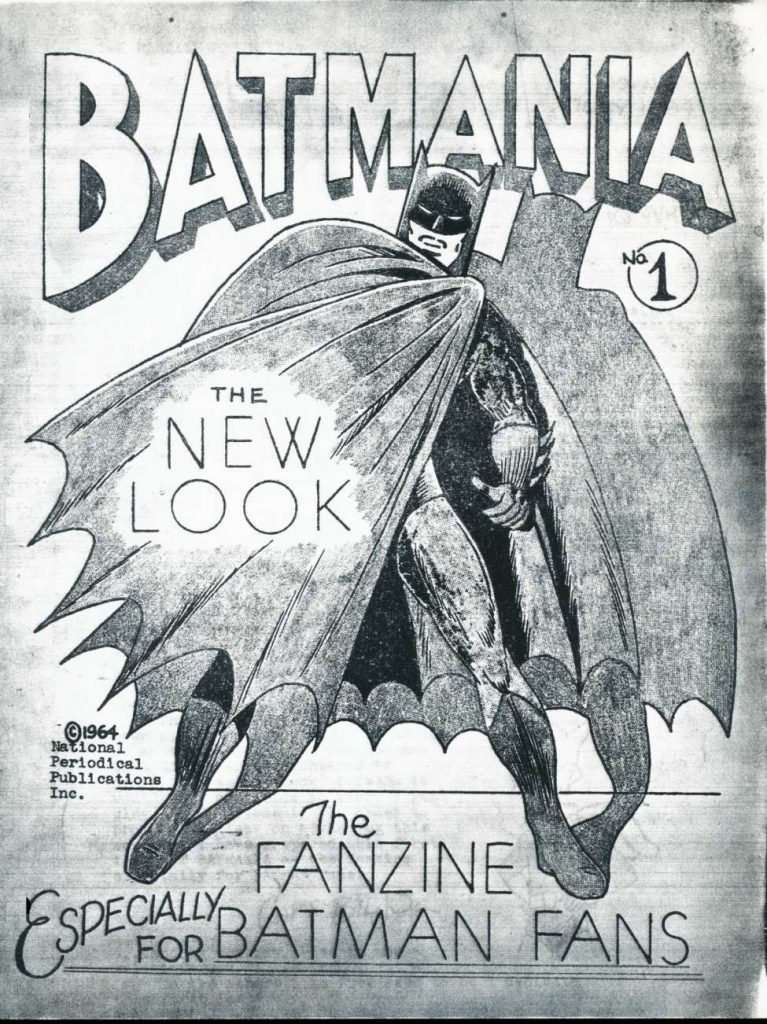
![[September 20, 1964] Apocalypses and other trivia (Galactoscope)](https://galacticjourney.org/wp-content/uploads/2019/09/penultimate-cover-672x352.jpg)
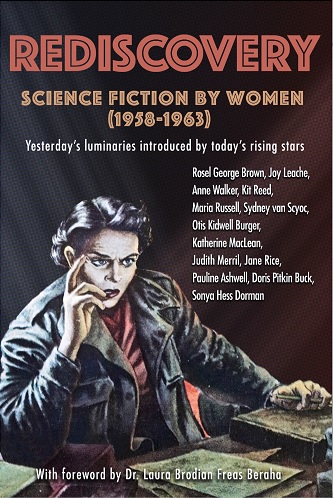
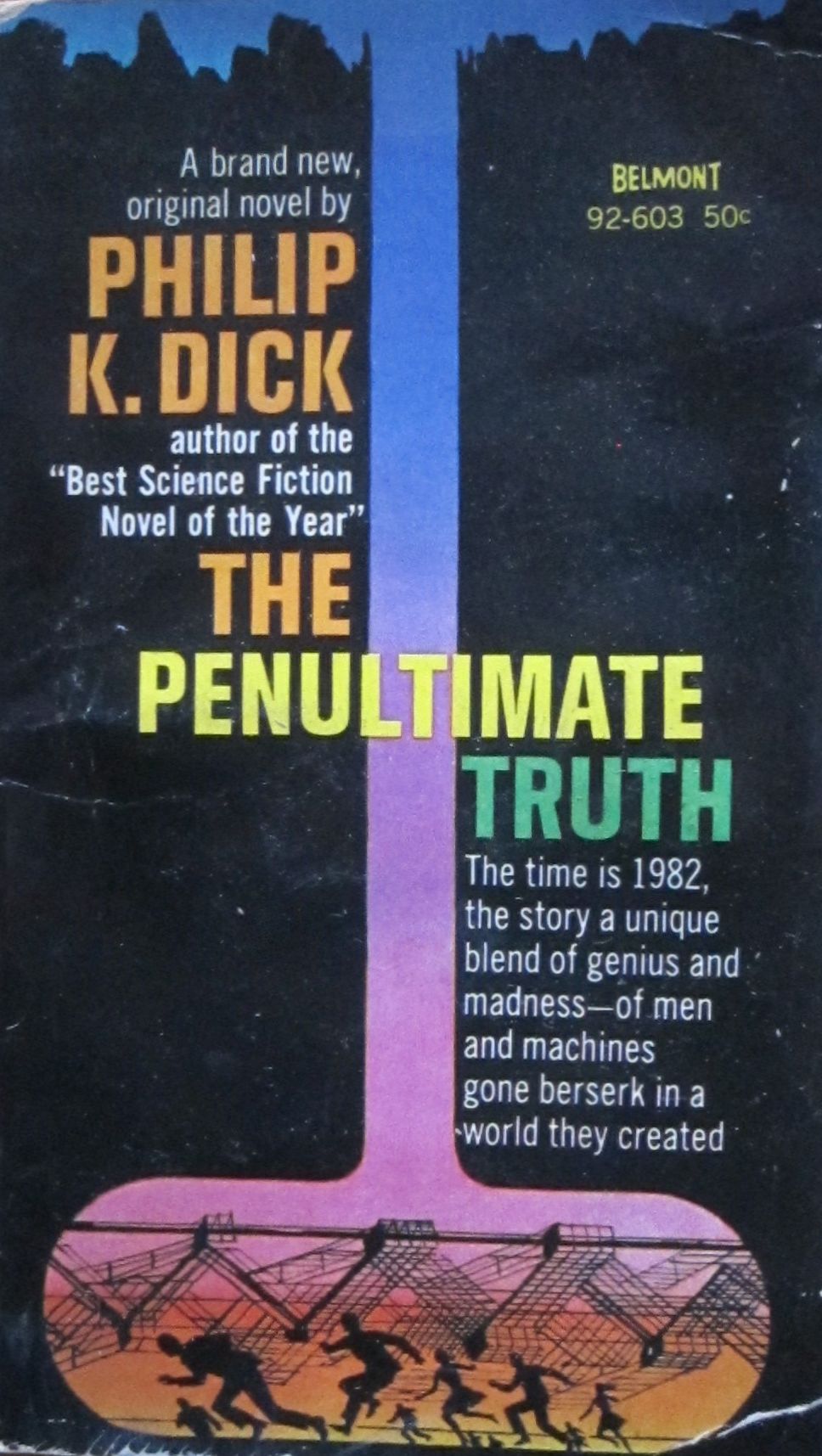
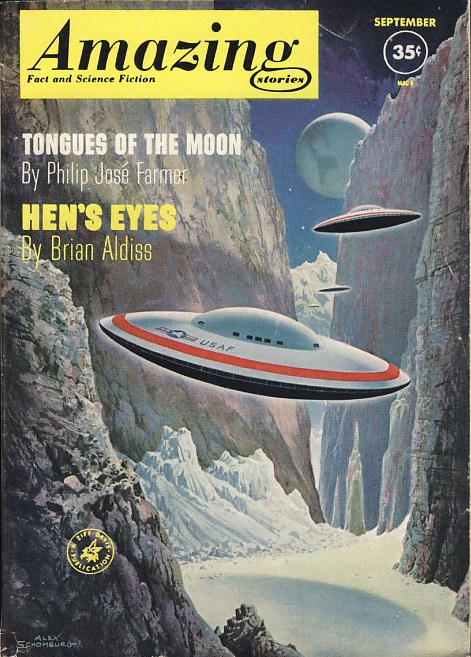
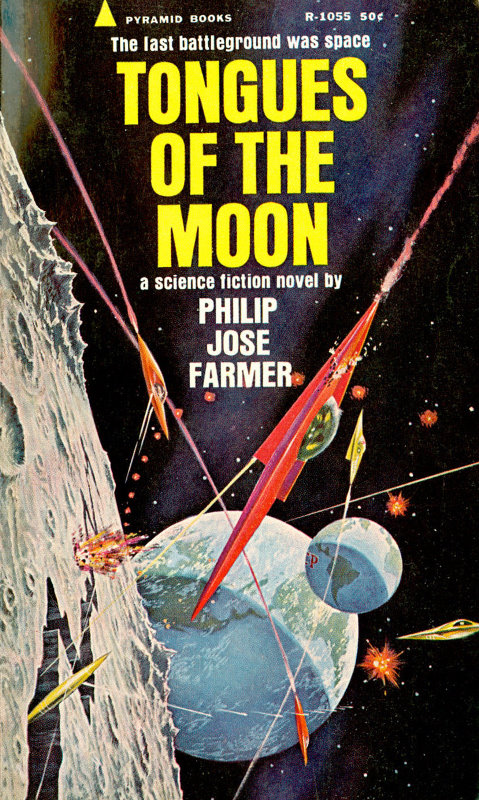


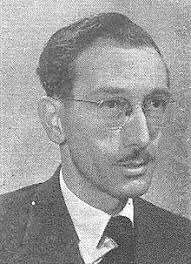
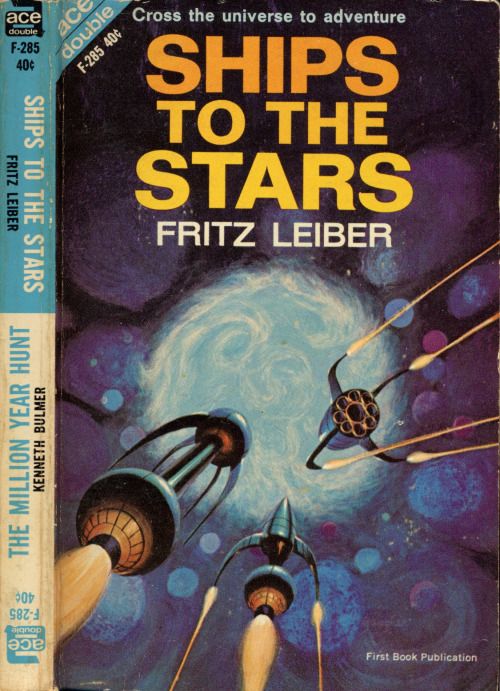

![[June 18, 1964] Bad Comic Book Style and Good Comic Book Style (Galactoscope)](https://galacticjourney.org/wp-content/uploads/2019/06/158064-672x372.jpg)

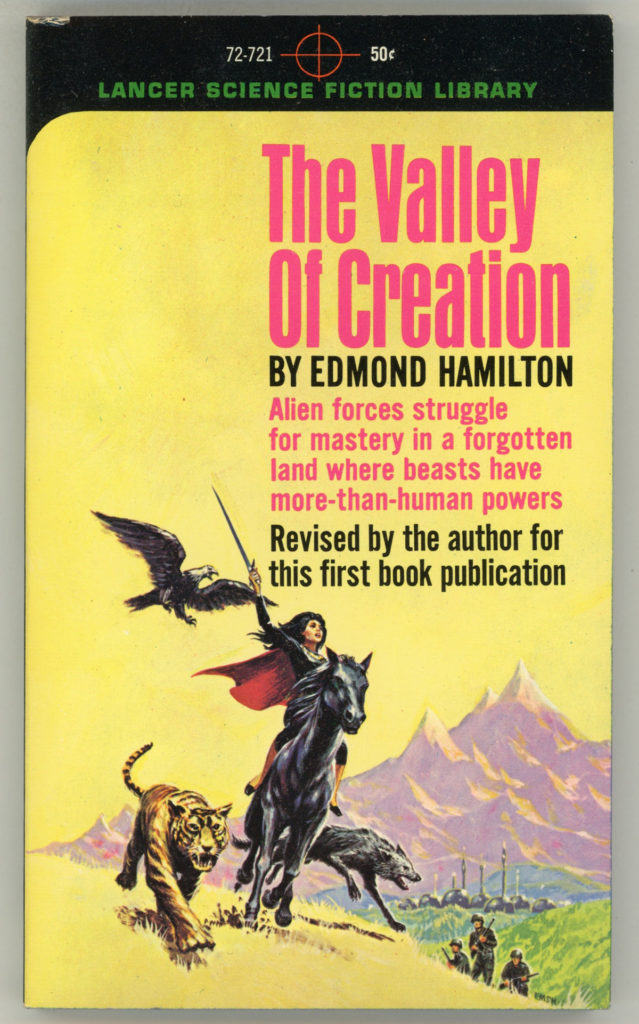
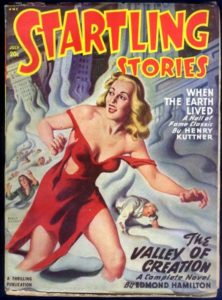 The Valley of Creation is an action-packed science fantasy adventure that feels like a throwback to the pulp era, probably because it is. For The Valley of Creation is an expanded version of a story first published in the July 1948 issue of Startling Stories. This has caused some anachronisms, e.g. at one point Eric remarks that he has been in Asia for ten years, which would set the story in 1960. However, the Chinese Civil War and the annexation of Tibet and the East Turkestan Republic, which are the reason why Eric and his comrades are in the Himalayas in the first place, happened in 1949 and 1950, i.e. shortly after the story was originally published.
The Valley of Creation is an action-packed science fantasy adventure that feels like a throwback to the pulp era, probably because it is. For The Valley of Creation is an expanded version of a story first published in the July 1948 issue of Startling Stories. This has caused some anachronisms, e.g. at one point Eric remarks that he has been in Asia for ten years, which would set the story in 1960. However, the Chinese Civil War and the annexation of Tibet and the East Turkestan Republic, which are the reason why Eric and his comrades are in the Himalayas in the first place, happened in 1949 and 1950, i.e. shortly after the story was originally published.
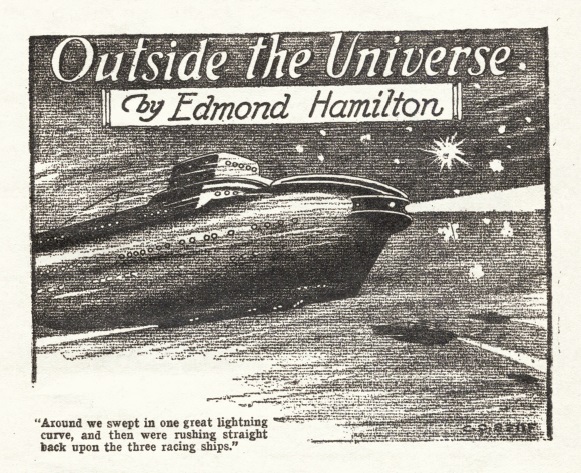
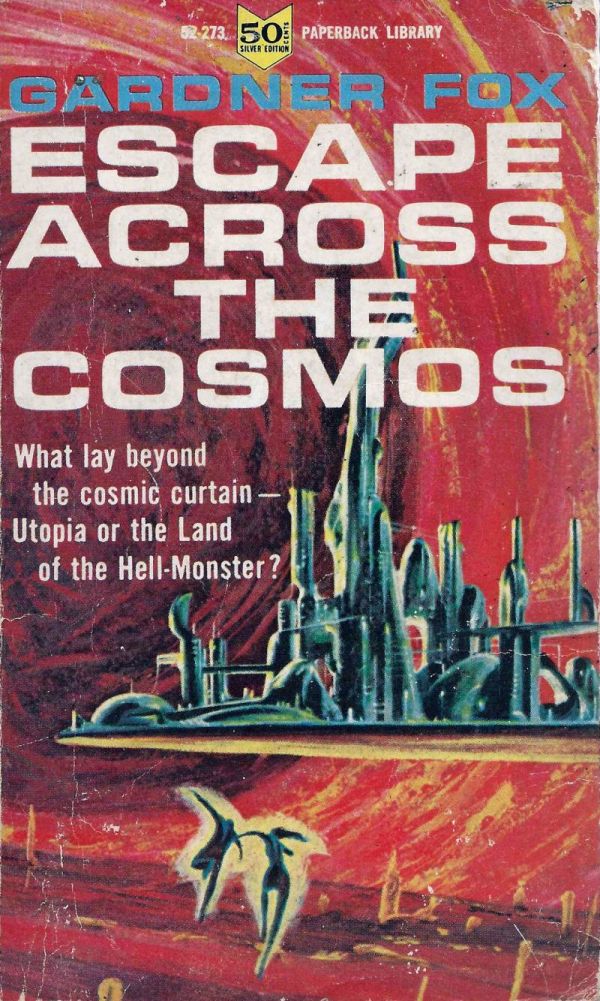
![[May 16, 1964] A Mirror to Progress (Chester Anderson and Michael Kurland's <i>Ten Years to Doomsday</i>)](https://galacticjourney.org/wp-content/uploads/2019/05/640516cover-595x372.jpg)


![[January 10, 1964] Journey to the Stars, Journey into the Self (<i>Starswarm</i>, by Brian Aldiss)](https://galacticjourney.org/wp-content/uploads/2019/01/640110cover-672x372.jpg)



![[November 23, 1963] President Kennedy returns to D.C. one last time](https://galacticjourney.org/wp-content/uploads/2018/11/631123grief-1-672x372.jpg)

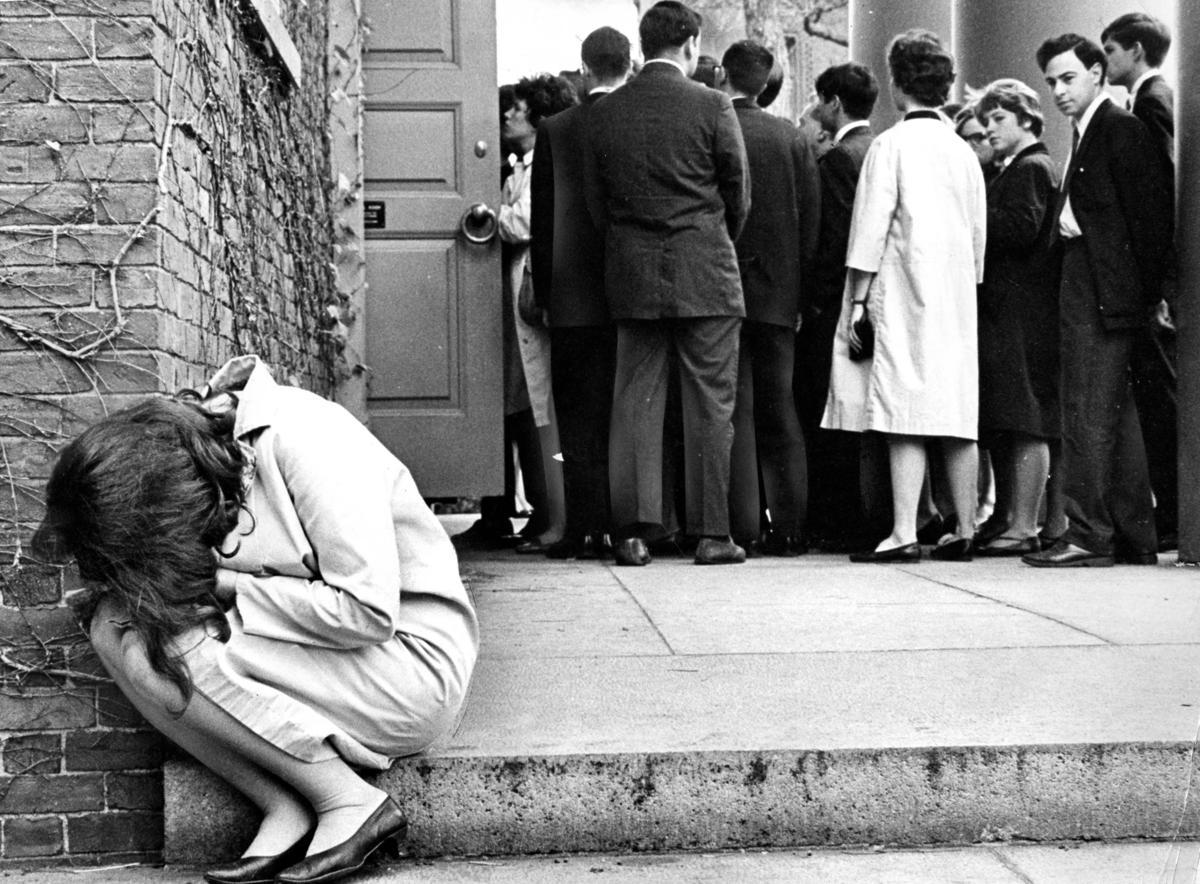
![[September 11, 1963] Has Marvel Comics become Mighty?](https://galacticjourney.org/wp-content/uploads/2018/09/630911ff21-cover-672x372.jpg)

